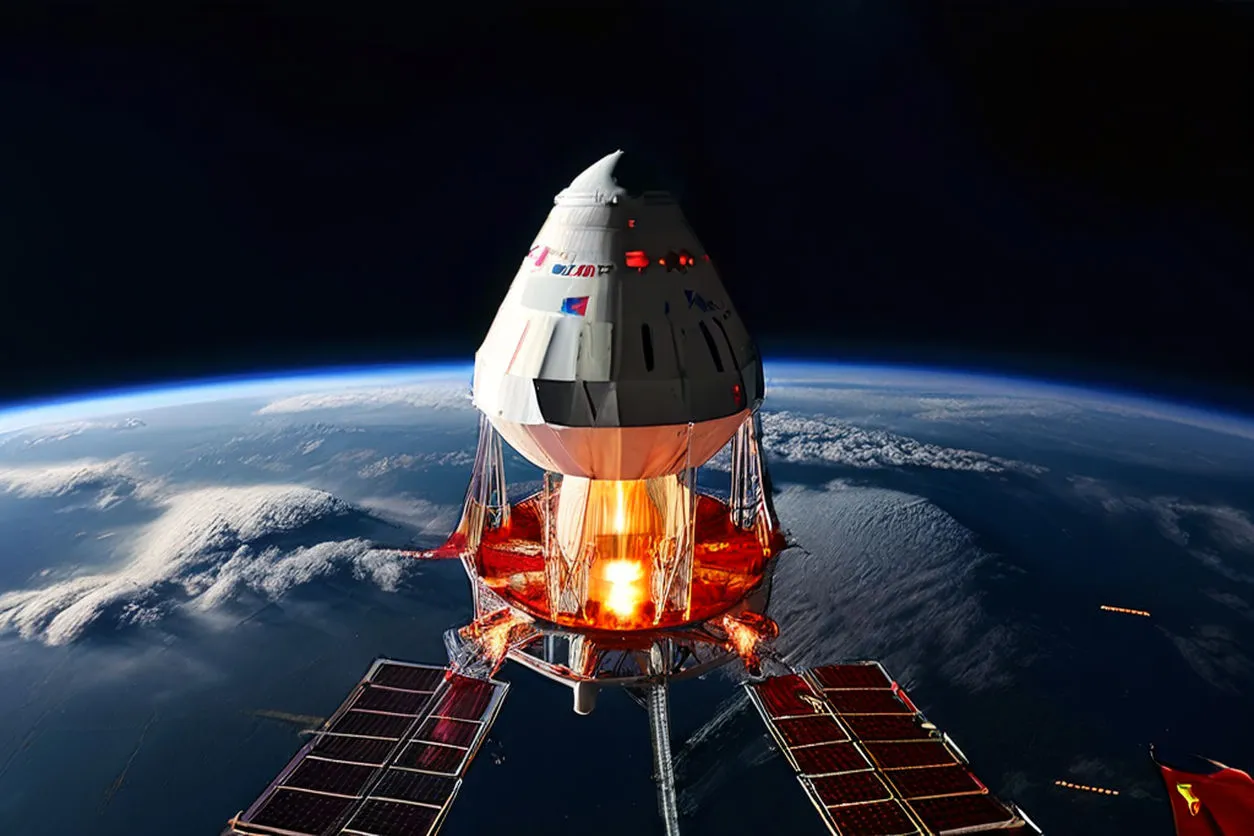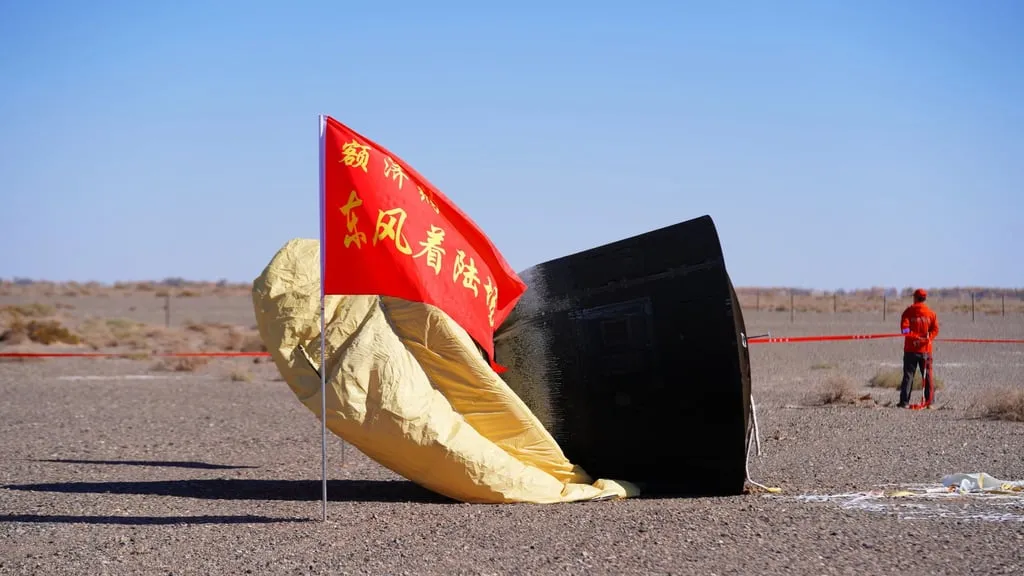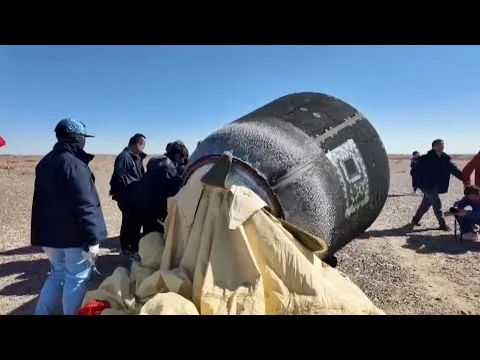China's reusable satellites

China recently took an impressive step in its space race and this time with an achievement that promises to change the rules of the game, China's national space administration announced the successful return of Shijian-19, the country's first reusable and returnable test satellite.
To understand the importance of Shijian-19 we need to talk about traditional satellites, recently most of the satellites used for research were disposable, they were launched into orbit, carried out their missions and at the end a return capsule brought the data and samples back to the land.

Souce
One of the most curious loads transported by the satellite were seeds from the provinces of Hainan and Anhui that were exposed to the extreme conditions of space to induce mutations. This type of experiment can generate more resistant varieties of plants with new characteristics, a field of Promising research that can directly impact agriculture and food production.
The images without reference were created with AI
Thank you for visiting my blog. If you like posts about #science, #planet, #politics, #rights #crypto, #traveling and discovering secrets and beauties of the #universe, feel free to Follow me as these are the topics I write about the most. Have a wonderful day and stay on this great platform :) :)
